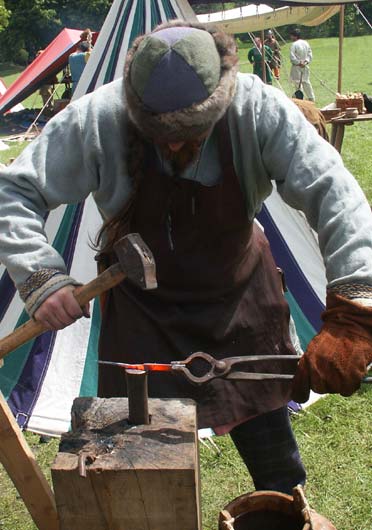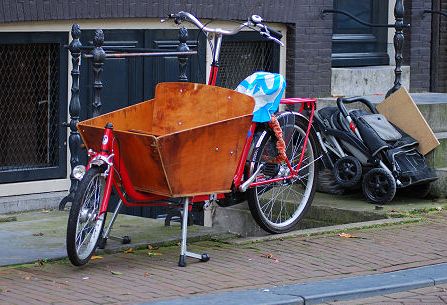HUMANIST ECONOMICS
Jessica Goodrich created the Humanist community to be as separate as possible from the genetically-enhancing modern world of the late 21st century.
But living like a time capsule in upstate New York in the late 21st century wasn't so easy.
Read here about the Humanists' financial crisis and how they eventually got through it...
|
BACK TO THE LAND
As one generation passed to the next, it became increasingly difficult to afford the basic necessities of a modern life. Gradually, automobiles disappeared from the streets and were replaced by bicycles. In Eusebio's time, they have three rickety, community-owned mid-twenty second century automobiles, which they use for special occasions and emergencies, and the rest of their transportation is either by bicycle or horse and buggy. Their literature and entertainment have become historical artifacts in themselves. They grow up watching hundred-year old movies from the twenty-first century, because they had no technical means to view current movies even if they could afford to buy them. |
|
A LIVING MUSEUM OF THE PAST
The increasing isolation of Tuckers Corner, along with their unique focus on the customs and artifacts of long-extinct primitive communities, gradually became an attractive curiosity to the rest of the modern world. People would start to visit Tuckers Corner at weekends, would enjoy eating the locally-produced food in their restaurants and – most importantly – would buy handicrafts made by their artisans. The economy of Tuckers Corner began to evolve towards a tourist-oriented, export economy of hand-crafted products modeled on the authentic work of past tribal communities.
By the middle of the twenty-second century, around the time that Eusebio was born, Tuckers Corner had survived its financial crisis, and had entered a period of economic and social stability. They earned their keep in the modern world as a living museum of the ancient, forgotten past. [Click to read about the "Spirit Languages" of the Humanists] |





 The
The  They grew most of their own crops and raised their own cattle, sheep and pigs. They had their own blacksmith and their own workshops for most of their needs. But there were always things that had to be purchased from the outside world, that they simply couldn't produce themselves: metals, wood, paper, fuel, plastics.
They grew most of their own crops and raised their own cattle, sheep and pigs. They had their own blacksmith and their own workshops for most of their needs. But there were always things that had to be purchased from the outside world, that they simply couldn't produce themselves: metals, wood, paper, fuel, plastics.
 In the early decades of the twenty-second century, Tuckers Corner faced a financial crisis that threatened to destroy the community. The community was digging ever deeper into its financial resources to buy the barest essentials of life. Then, slowly, the solution began to appear. It came from the outside world. It came in the form of tourism.
In the early decades of the twenty-second century, Tuckers Corner faced a financial crisis that threatened to destroy the community. The community was digging ever deeper into its financial resources to buy the barest essentials of life. Then, slowly, the solution began to appear. It came from the outside world. It came in the form of tourism.
 People in Tuckers Corners began to specialize in particular goods – some became weavers of fabric from Indonesian or Guatemalan designs; some became basket-makers; others became wood sculptors following the designs of African tribes. The sale of these goods became the community's lifeline. The money they earned from selling our handicrafts to tourists was recycled into purchases of the raw materials that they couldn't produce ourselves.
People in Tuckers Corners began to specialize in particular goods – some became weavers of fabric from Indonesian or Guatemalan designs; some became basket-makers; others became wood sculptors following the designs of African tribes. The sale of these goods became the community's lifeline. The money they earned from selling our handicrafts to tourists was recycled into purchases of the raw materials that they couldn't produce ourselves.